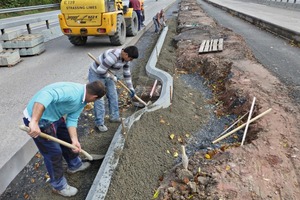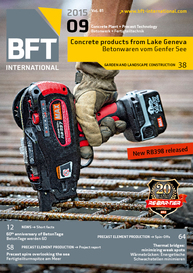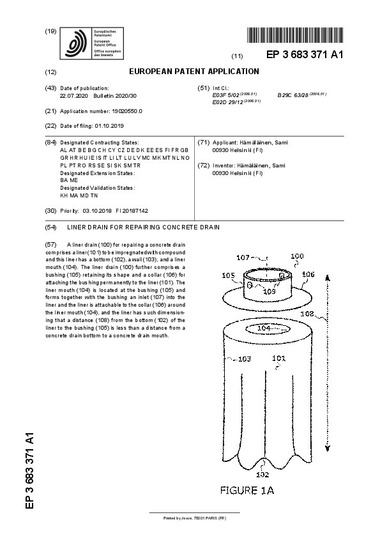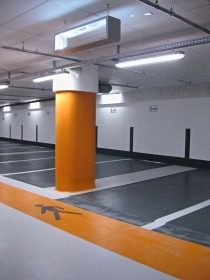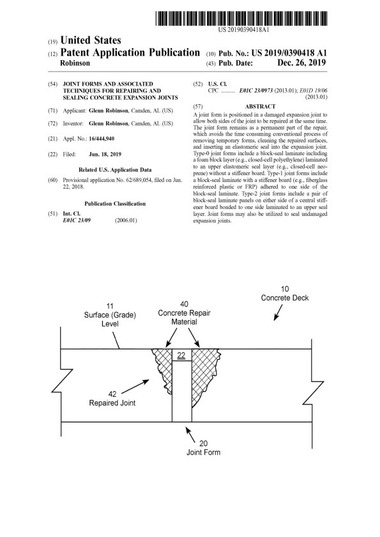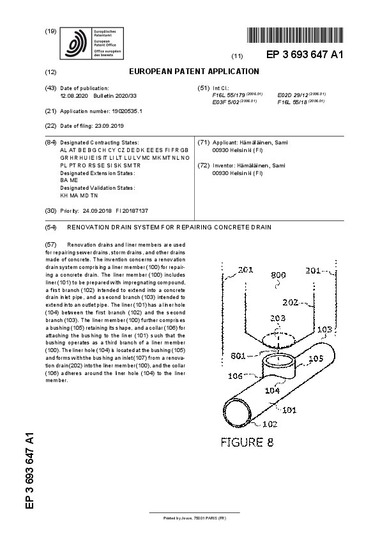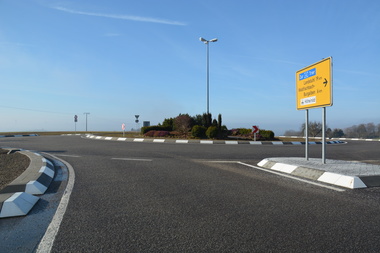Economical median drainage
Drainage, apart from a properly constructed road surface, is of particular significance for the construction of new highways and their repair. Two aspects play an important role: First of all, the transverse slope of the road surface that enables surface water to flow off sideways; secondly, a functional sewage system that receives the precipitation. This sewer, on Autobahn 3 (A 3), between the German cities of Bad Camberg and Idstein, was in dire need of repair in the area of the median.
“Curbs alongside highways are as a rule formed into trapezoidal bays that accommodate rainwater inlets of 50 cm width,” says Dipl.-Ing. Norman Wille of the consulting engineers Ingenieurbüro Grandpierre & Wille. “This is realized by using flat curbstones with a cross-section of 20 x 20 cm. The recess is implemented with standard blocks, which, however, have to be bevel cut to obtain the exact dimension required.”
For repairing the median of the A 3, a system without bevel cuts was specified; the rain inlet was to have a rounded shape in order to optimize the cleaning effect of the road sweeper. The designer of system, Norman Wille, in close collaboration with the manufacturer of the blocks, Meudt Betonsteinwerk, located in Wallmerod nearby, developed a rainwater inlet structure that met all of the specifications. “The result is a bay with a length of 305 cm,” says Wille. “The transition to the standard block is in each case realized with a standard radius block with an outer radius of 1 m. A half block F 20 x 20 with a length of 50 cm is installed directly above the inlet grating.” Required was still a transition from the R1 to the half block. For this, the company Meudt developed a special shaped radii block with an inner radius of 0.8 m. With these blocks, placed side by side, the specified dimensions for the bay could be precisely obtain: It can be installed much quicker than the conventional systems, the individual components are manufactured in the plant and provide a precise fit.

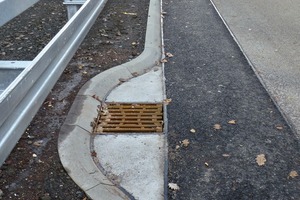
![The graphic below shows the conventional trapezoidal system of a rainwater inlet bay for which complex bevel cuts are required. Above; the rainwater inlet bay developed by the company Meudt can be installed much more quickly and is easier to clean as well, thanks to a newly designed shaped block [R 0.80 inside]](https://www.bft-international.com/imgs/tok_c706d5dd561671c7c85cccdf0f87d0a3/w300_h200_x400_y195_103977400_ce55869135.jpg)
